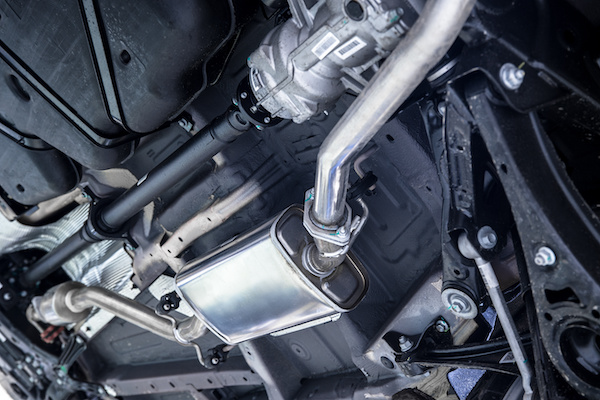
If you've ever had a problem with your car's exhaust system, you know how important it is to keep it in good working order. Not only does it limit emissions, but it also helps your engine perform smoothly and quietly. The exhaust system comprises a series of pipes that transport the waste gasses from the engine to the muffler and out the tailpipe. One of the most critical components of your exhaust system is the catalytic converter.
What is a Catalytic Converter?
The catalytic converter is a device that helps to reduce the emissions from your car's exhaust. It converts harmful gasses like carbon monoxide and nitrogen oxides into less harmful emissions like carbon dioxide and water vapor. Most modern cars come equipped with a catalytic converter, as it is a requirement by law.
The functionality of the catalytic converter can have a significant impact on human health and the environment. One of the most common problems with the exhaust system is a failed catalytic converter. This can be caused by a number of different factors, including normal wear and tear, overheating, or a buildup of contaminants. A faulty catalytic converter can lead to a decrease in engine performance and fuel efficiency, and can also cause the vehicle to fail emissions tests.
Catalytic Converter Theft on the Rise
Catalytic converter theft has become a growing problem nationwide, as thieves target these devices due to the valuable metals they contain (platinum, palladium, and rhodium). The theft of catalytic converters is often carried out by using simple hand tools, such as saws, to quickly cut out the converter from under a vehicle. It can happen in a matter of minutes; for thieves, that’s easy cash.
The cost of replacement for a stolen converter can be high, ranging from a few hundred to several thousand dollars, depending on the make and model of the vehicle. Additionally, victims may also face additional costs for towing and other repairs. As a result, we encourage people to take preventative measures by installing anti-theft devices or marking their converters with identification numbers, to deter this kind of theft.
Common Exhaust System Problems
Aside from a bad or stolen catalytic converter, the exhaust is often prone to leaks, which can cause loud noises or a decrease in engine power. Over time, the pipes and other components of your exhaust system can also become corroded, leading to holes and other damage.
To keep your exhaust system in tip-top shape, it's important to have it inspected regularly by a professional mechanic. At Tim’s Automotive Repair and Sales, we can check for signs of damage or wear and tear, and make any necessary repairs or replacements on your exhaust system. Additionally, you can help prevent problems by avoiding harsh driving conditions, such as rough roads or in extreme temperatures.
Overall, the exhaust system is an essential component of your vehicle that should not be ignored. If you require an exhaust system repair or catalytic converter replacement, please do not hesitate to call or visit our auto repair shop in Clackamas, OR.